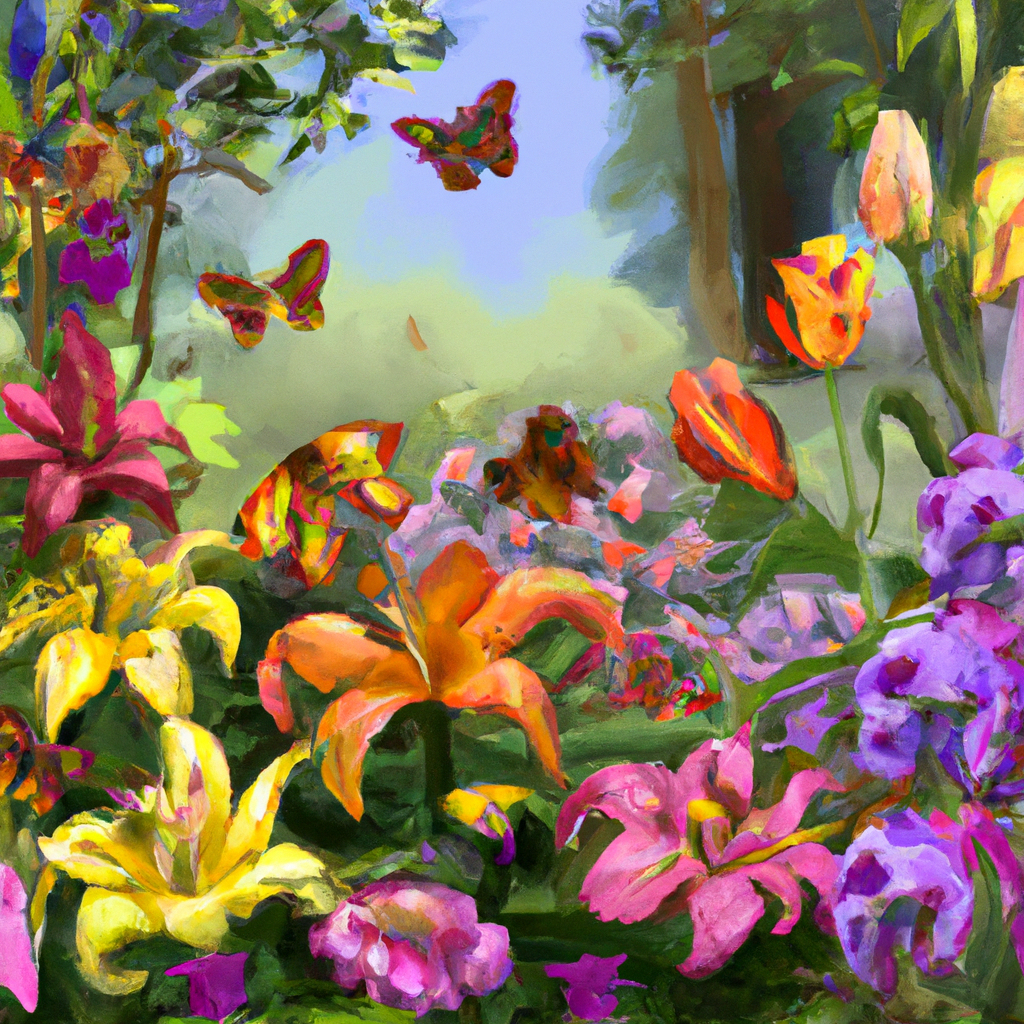Introduction to Lilies
Lilies, belonging to the genus Lilium, are a group of flowering plants that are highly esteemed for their striking appearances and fragrant blooms. Recognised for their large, bell-shaped flowers, they play a significant role in cultural symbolism around the world and are a favourite in gardens and floral arrangements. This article explores the various aspects of lilies, including their types, cultural significance, and tips for growing them.
Types of Lilies
There are numerous species of lilies, each with its unique characteristics and beauty. Here are some of the most popular types:
Asiatic Lilies
Asiatic lilies are among the earliest to bloom and come in a wide array of colors including orange, red, yellow, and white. They are known for their star-shaped flowers and are quite hardy, making them perfect for novice gardeners.
Oriental Lilies
Oriental lilies have large, fragrant blooms and are typically white, pink, or bi-colored. Famous varieties include 'Stargazer' and 'Casa Blanca', which are beloved for their intoxicating fragrance and dramatic presence.
Trumpet Lilies
Characterised by their trumpet-shaped flowers, these lilies grow tall and produce a strong fragrance. ‘African Queen’ and ‘Golden Splendour’ are popular cultivars with particularly stunning appearances.
Martagon Lilies
Also known as Turk's cap lilies, Martagon lilies have smaller, downward-facing flowers with recurved petals. They thrive in dappled shade, making them excellent for woodland gardens.
Longiflorum Lilies
Typically recognised by their elongated trumpet-shaped white flowers, Longiflorum lilies are highly popular in religious celebrations and often associated with Easter, hence sometimes called Easter lilies.
Cultural Significance of Lilies
Lilies hold varied significance in different cultures. In ancient Greece, they were associated with Hera, the queen of the gods, and represented purity and femininity. In Christianity, the white lily, often referred to as the Madonna lily, is associated with the Virgin Mary's purity and divine motherhood. In modern times, lilies are often used at funerals symbolising the restored innocence of the soul of the departed.
Growing Lilies in Your Garden
Growing lilies can be a rewarding experience with the proper knowledge and conditions. Here are some tips to help you successfully cultivate lilies:
Choosing the Right Location and Soil
Lilies thrive in well-drained soil rich in organic matter. They prefer a location where they can receive at least six hours of sunlight a day, although some varieties such as Martagon lilies tolerate shade.
Planting the Bulbs
The best time to plant lily bulbs is in the fall or early spring. Plant the bulbs at a depth of about three times the height of the bulb, with the pointed end facing upwards. Ensure that the soil allows for proper drainage to avoid rot.
Watering and Fertilisation
Consistent moisture is crucial, especially during the growing season, but avoid overwatering as lilies do not like soggy soil. A balanced fertiliser can be applied in the early spring and again halfway through the blooming season to support healthy growth and vibrant blooms.
Dealing with Pests and Diseases
Lilies can be susceptible to pests like red lily beetles and diseases such as lily mosaic virus. Regular monitoring and appropriate treatments like insecticidal soaps and proper sanitation can help maintain healthy plants.
Conclusion
Lilies are a diverse and splendid group of flowers that enhance the beauty of any environment with their elegant forms and colours. Whether you're a seasoned gardener or a beginner, incorporating lilies into your garden can add a touch of sophistication and tranquility. By understanding the varieties and adhering to proper cultivation techniques, you can enjoy the splendour of lilies for many seasons to come.
Shop our selection of lilies that we grow on-site.
